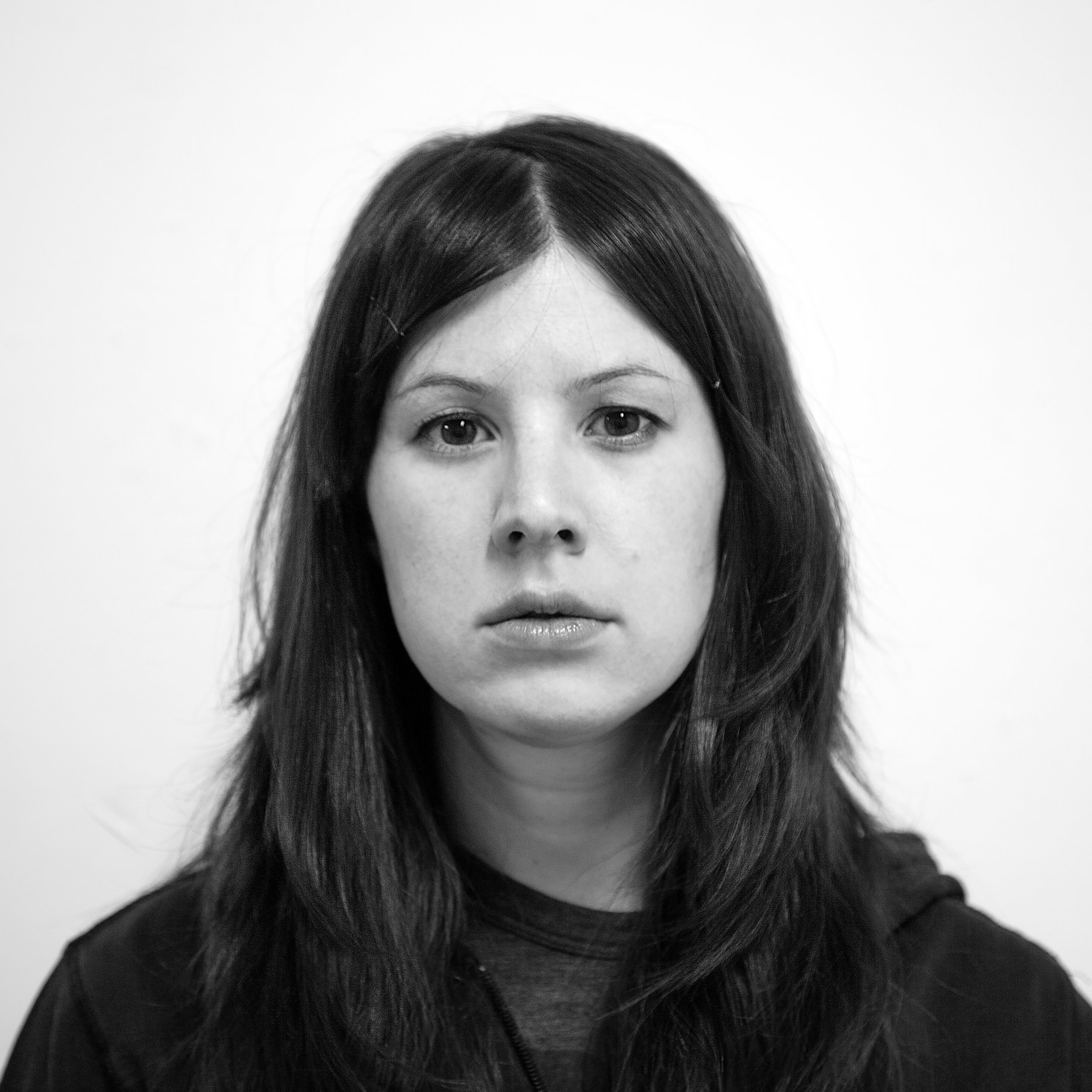Migration Study (2008)
My parents and their parents and those before them were born in present-day Croatia, which lies in the Balkan Peninsula in southeastern Europe, a region all too recently ravaged by ethnic conflict. And yet this new-ish country and its broader region lies at the heart of ancient migration routes through Europe. What does that make me? An incomplete investigation.
All self-portraits were taken on February 29, 2008, five minutes apart.

Canadian
Via migration from Stuttgart, Federal Republic of Germany (West Germany) on 14 January 1968 via migration from Zagreb (then Socialist Federal Republic of Yugoslavia, present-day Croatia) February 1962. The migration probably involved planes, trains and a greyhound bus. I was born into this identity.

Anatolian Neolithic Farmer
These Early European Farmers are a group of Neolithic farmers who moved into Europe through the Balkans starting some 9,000 years ago, and gradually spread north and westwards. The spread of agriculture into Europe was strongly correlated with a migration of these farmers. (According to archaeogenetics, the study of ancient DNA using various molecular genetic methods and DNA resources, such as dominant Y-chromosome DNA haplogroup mapping, in this case Haplogroup 1 could mean I come from neolithic farmers from West Asia) .
They traveled mostly by sea to reach Europe.

Old European
According to archeological genetic mapping, a significant portion of contemporary Croatian human population (maybe me?) are the offspring of peoples who had already existed in Europe before the last glacial maximum (LGM) during the last phase of the Pleistocene epoch. These Europeans managed to survive the LGM in the Western Balkan refugium 20, 000 years ago. The LGM was the most recent time during the last ice age when ice sheets covered much of Northern North America, Northern Europe, and Asia, profoundly affecting Earth’s climate by causing drought, desertification and a large drop in sea levels. This event significantly reduced the inhabitable territory for human population. It is possible my ancestors were forced to survive within 4 large refugia located in Ukraine, Iberia, the Balkans, and possibly Siberia. Does this mean I come from a lineage of early environmental refugees?

Yugoslav (South Slav)
A cultural identification derived from a country that existed from 1918 until 1992 (excluding German occupation 1941-1945) under the names Kingdom of Croats, Serbs and Slovenes, then Kingdom of Yugoslavia, then Federal People’s Republic of Yugoslavia, and finally the Socialist Federal Republic of Yugoslavia until the country dissolved in 1992. The SFRP existed when I was born.

Illyrian
The Illyrians were Indo-European tribes who appeared in the western part of the Balkan Peninsula about 1000 B.C., a period coinciding with the end of the Bronze Age and beginning of the Iron Age. They inhabited much of the area for at least the next millennium. They traveled by boat and by horse. Historians, anthropologists and ethnographers possibly put me in this category.

Hrvat (Croat)
The name itself possibly a complete fabrication by Constantine VII Porphyrogenitus, the fourth emperor of the Macedonian dynasty of the Byzantine Empire, in the 10th century; possibly derived from Iranian origin 3rd century; possibly 17th century Slavic reflexion of the verb hrvati (se) "to wrestle”. But mostly it is the self-identification and outside identification of the ethnic group called Croats or Hrvati whose history anthropologists, geneticists and ethnographers trace to the 6th and 7th century southward migration of Slavs, hence South Slav. I am a card-carrying Hrvat in the sense that my passport confirms I am Croatian.

Iranian
Derived from theories of common Indo-Eurasian linguistic origins, and also the theory that Croats descended from the Sarmatians (3rd century BC to 4th century AD) who descended from the Medes (11th century), an ancient Iranian people, in North-Western Iran. The Sarmatians rode horses really well. No ancient genetic mapping on this one, unless you lump in the pioneer farmers who also arrived 10,000 years ago from the Fertile Crescent, the region extending from the eastern Mediterranean coast to the Persian Gulf and the Tigris and Euphrates valleys. Perhaps this, too, is part of my migratory story.